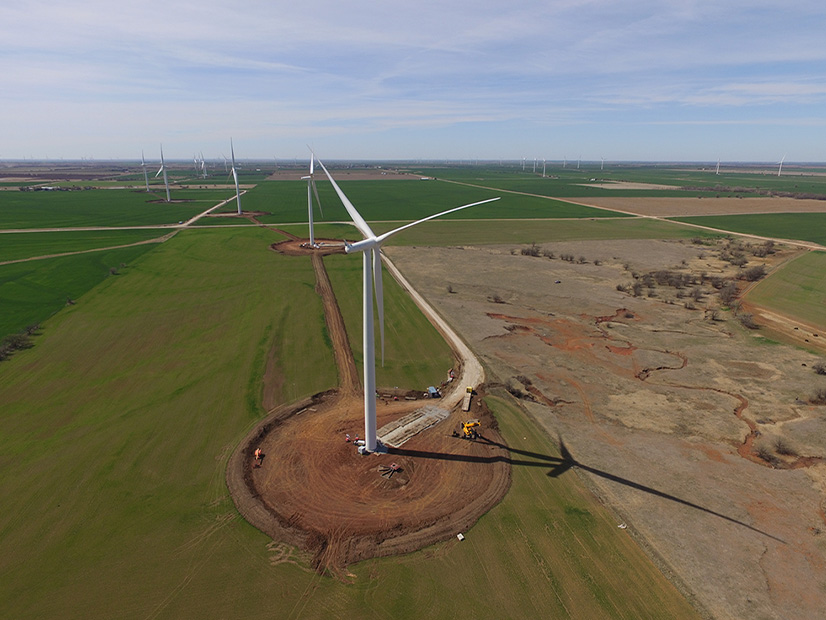As its on-demand, dispatchable resources shrink, MISO held its first stakeholder discussion on how it can better value generators’ services to the grid.
Senior Vice President Todd Ramey said the RTO is experiencing firsthand the global push to cut greenhouse gas emissions.
“We’re seeing a very similar story, interest in decarbonization, which in the power sector is a very tall ask,” he said during the Wednesday workshop.
Ramey said MISO is changing the way it thinks about power system operations as it grapples with a more decarbonized fleet. He said units that can ramp up or down on MISO instructions are in short supply.
MISO is expecting a 40% renewable energy penetration by the end of the decade.
Ramey said planning reserve margins “have all but disappeared at this point.” He said this is occurring against a backdrop of increasingly severe and unstable weather and electrification’s growing demand.
“Reserve margins might be set daily on what our risk posture is,” Ramey said. “Planning to get through a worst week is really not something the electric industry has focused on until recently.”
During the workshop, MISO proposed a handful of essential reliability attributes for resources that included black start, rapid start up, ramp up and down capability, sustained high output, voltage stability, and fuel assurance.
Zakaria Joundi, director of resource adequacy coordination, said the grid operator is attempting to figure out how much of each attribute it should maintain in its resource portfolio. He invited stakeholders to suggest other essential attributes staff need to consider.
If an aggressive resource transition plays out in the footprint over the next 20 years, Joundi said MISO will need about 366 GW worth of installed capacity on hand to maintain a one-day-in-10-years reliability standard. More than 83 GW of that would have to be capable of providing output for several days in a row.
The RTO also thinks it will require 5 GW of resources capable of ramping up within 10 minutes and 28 GW that can ramp up within an hour.
“Based on public plans that are out there, we feel that we may fall short on these attributes,” Joundi said
Jordan Bakke, director of policy studies, said staff isn’t presupposing an answer on attributes. He said MISO is asking stakeholders what “signals, requirements and facilities” it might need to improve the short-term operational horizon and its long-term resource adequacy.
“First we need to understand what attributes of resources are becoming at risk of being scarce,” he said.
Michelle Bloodworth, CEO of coal lobbying group America’s Power, asked that MISO extend attribute incentives to its current portfolio so that more thermal units don’t retire prematurely. She said a focus on the fleet’s existing attributes will ensure the RTO “doesn’t throw out the old with the new.”
“I think some utilities are making decisions based on political and environmental pressure rather than reliability and logic,” MidAmerican Energy’s Dennis Kimm said. He said utilities’ planning processes don’t include voltage stability and regulation, and they might benefit from MISO telling them which attributes to focus on.
Joundi said the attributes discussion will be “one of many” MISO plans to hold.

